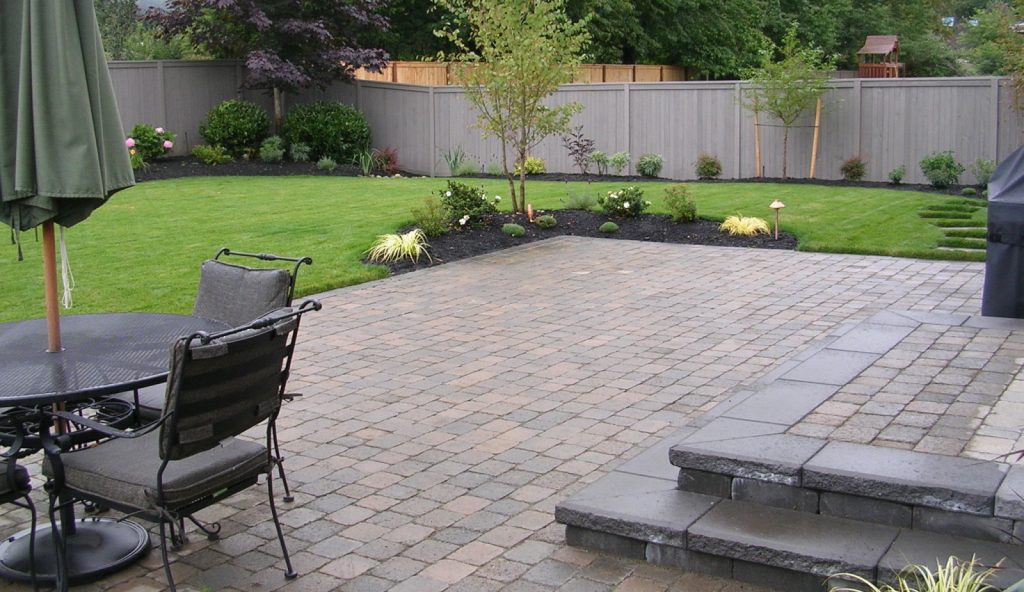The pavement industry has made great strides toward providing green options for streets, driveways and parking lots.
There are many points about asphalt pavement vehicular traffic that can be judged to be a burden on the environment. But accepting the fact that pavement, cars, buses, motorcycles and trucks are essential parts of modern life, it’s heartening to realize the paving industry has devised solutions to most of the problems. To the conscientious property owner, it’s a matter of hiring asphalt pavers who are inclined to using those fixes.
The biggest downside of all pavement is the embodied energy in the finished product. This includes all the fuel it takes to source the original materials (aggregate from quarries and bitumen from petroleum drilling), haul it to the site, and install through a multi-step compaction process.
Further, most paved surfaces such as parking lots shed stormwater instead of absorbing it as part of the natural water cycle. Runoff into stormwater systems and natural bodies of water result in flooding and water pollution.
Fortunately, the asphalt and paving industries have responded with smart, cost-effective solutions to each of these problems. Not all paving companies are adept at all such solutions, so it helps for customers to ask about each of the following:
Pavement recycling – Reclaimed asphalt pavement, sometimes referred to as RAP, allows for recycling of 100% of old streets and parking lots into new asphalt. The old material is scraped, then sent through a heated tumbler, and re-laid – where such equipment is available. If that equipment is not available, it is trucked to a recycling plant where it is processed. This eliminates or reduces the need for new stone aggregate and bitumen, including the shipping of those materials from their origins to the pavement site. Recycled pavement in the US in total weighs more than all recycled glass, metal, plastic and paper combined.
Additionally, “crumb rubber” from scrap tires is sometimes used to enhance the paving mixtures. This is an excellent use of what otherwise would go into a landfill.
Pervious (porous) pavement – Holes in the asphalt absorb rainwater, mitigating stormwater runoff. The process is easily adapted by skilled pavement contractors, which involves slightly coarser aggregate, not discernable to the casual observer. The construction is also different in that an underlying open-graded stone bed provides water a place to drain to, where it slowly infiltrates into the soil (the stone bed will be 18 to 36 inches in depth). Studies in cold climates, including Minnesota, indicate that freezing has minimal effect on the quality of the pervious pavement.
Experience and efficiency – If a pavement contractor is inexperienced, there will be resource waste from the installation process as well – especially so because the asphalt mix has to be kept at or above 220ºF (it arrives from the asphalt plant within a range of 275ºF and 300ºF). If the job is poorly managed, the window of time that the mix is hot enough might be lost, requiring additional trips to the asphalt plant.
Business practices – As with any business, the office operations can be green. Recycling on site, energy-efficient lighting and appliances all count.
Some of these measures add to the cost of the project, but generally not as much as one might guess. And in the case of pervious pavement, it might actually mitigate damages from ponding water adjacent to the pavement area, delivering a savings.

